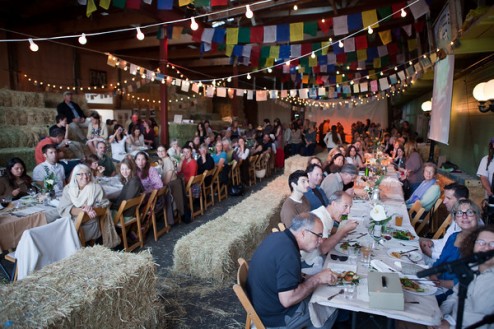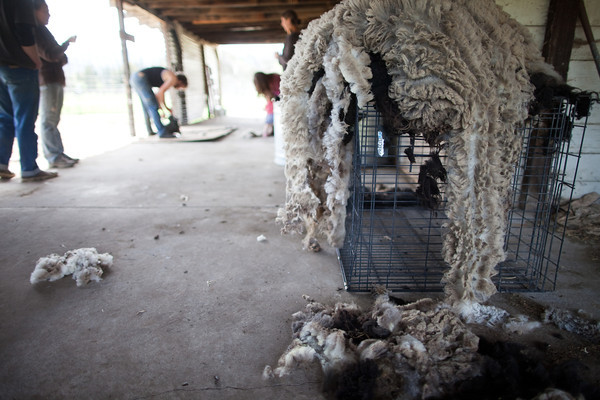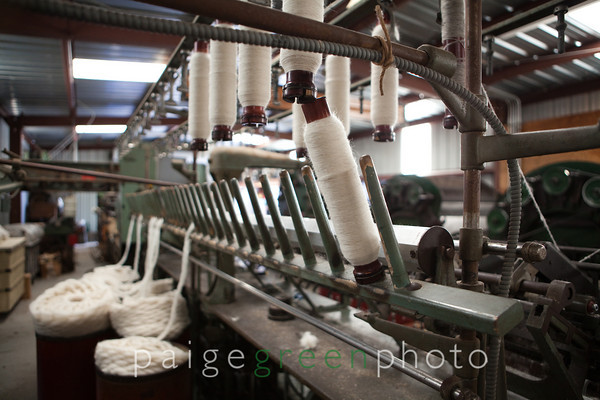We feel the overdue nature of this post, and it is a joy to finally see it materialize from the small crevices of free time we have to share our internal workings with you all. You probably remember hearing about our first fundraising event for a regional cotton mill? It was almost two years ago today. We gathered to celebrate the first 7 months of our project that had taken on the challenge to create bioregional attire from our local farms and wild places.
The funds raised from that feed-barn fashion show were graciously, and somewhat surprisingly donated back to us by the cotton farmer we raised them for. Sally Fox asked that we take those (humble) funds and instead of having them directed towards one small piece of cotton processing equipment, she guided us to develop ‘a more permanent organization‘. Fox saw the need for organizational architecture that would support a lasting union between artisan and farmer.
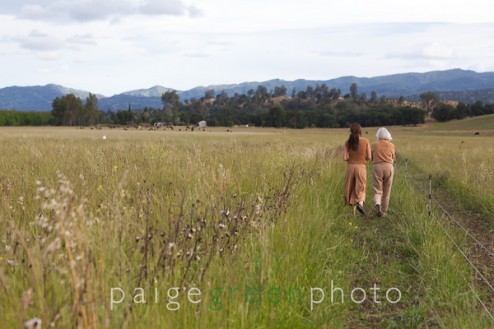
After some inspired and long conversations it became increasingly apparent to us all that it was time to create ‘Fibershed the Organization.’ A non-profit that could take on the larger mission of re-building fiber systems, developing community relations between rural and urban sectors, and also delve into the needed area of skills training, and public education focused on the ‘true cost of our clothes.’ And henceforth, the quest began to take what began as a community based project, and provide it an appropriate organizational shelter. At this same time… at that same aforementioned fashion show, we met Matt Gilbert– a Mendocino based sheep shearer with a life long dream to start a wool mill.
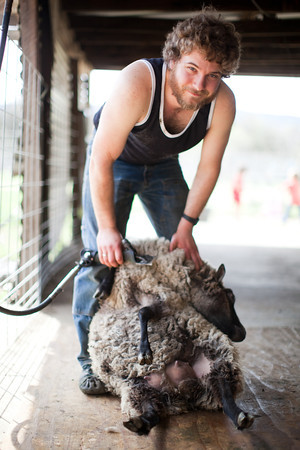
Fibershed began to work with Matt Gilbert in early 2012 to assist him with his development process. We worked with Matt throughout the year, connecting him to designers, MBA’s, a few consulting investors… all to say, he now has a compelling and well thought out plan for how to create fine gauge yarns from our local wool resources. We are very hopeful that Matt will receive the round of funding he is seeking from a public (county based) and private source (individual investor) so that we can see fine gauge processing emerge on the California landscape. This wool mill plan would serve to process up to 18,000 pounds of fine fiber each year, and offer a range of local designers a yarn fine enough for some circular knitting frames, and most flat bed knitting frames.
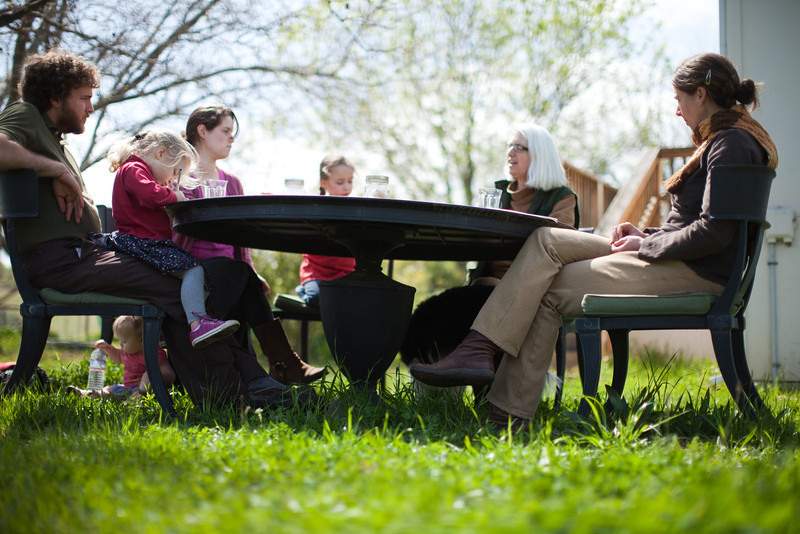
The ‘Mendocino Wool Works‘, as Gilbert has coined his future mill, has been informed and sculpted by multiple conversations with the both designers and farmers, as well as an engineer from Canada. Some of those planning conversations were had between Sally Fox and Matt Gilbert, and were focused on how to blend our regional biodynamic and organic cotton with our local wools to create a Viyella yarn. Gilbert is Fox’s shearer, and the two know and respect one another greatly. We so look forward to Viyella yarns some day– Gilbert’s mill will be able to handle a range of new fiber blends that our region has never seen. And in the meantime, as we excitedly anticipate this new ‘yarn kitchen’, Fox is working ardently on re-starting her breeding program after almost a decade. It is these relationships and interactions between farmers and shearers, visioning a functioning fiber system that are the lifeblood of our future here.
And yet, even with yarn milling projects like Mendocino Wool Works, and those that currently exist like the Yolo Wool Mill,the new Mill Creek Fiber Works, and carding mills like Aunt Janet’s and Morro Fleece Works, we will only be processing approximately 1% of the wool grown in California, and approximately 2% of the wool raised in our small Fibershed. Knowing that there is still so much wool to be processed, was one of several reasons that our non-profit organization has taken on the larger challenge of creating a vision for fiber processing that is fully inclusive, and serves the needs of all of our farmers and ranchers who are faced with few options for their wool. With California being a net importer of wool products, we know that our own fiber resources could serve the needs of our own population– there is an obvious match between supply and demand, the question is how to build that bridge? The current global commodity prices range between $.80 and $2.00 (in most cases that we are finding), and ranchers are only paid upon the sale of their wool at large auction houses (payment can take up to a year). Many farmers do not find this enough incentive to drive their wool to drop off points, and are in turn, composting, or worse, landfilling their wool.
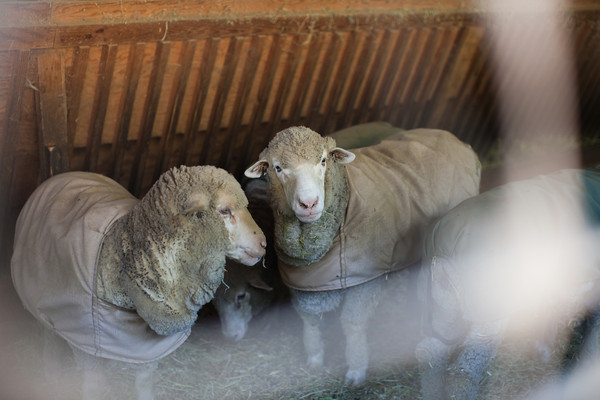
Thanks to the vision and support of those like Lorene Arey of the Clara Fund, Don Shaffer of the Rudolf Steiner Foundation, Sara and Evan Williams, The Whitman Institute, and Heather Blackie and the Blackie Foundation; Fibershed has garnered the foundational support needed to create the first ever qualitative, quantitative, and land management survey of California wool and a feasibility study for its processing needs. The wool censuses of the past greatly under represented the small producers who do not fill out paperwork for government subsidies, nor take part in wool sales– thus they are completely ‘off the grid’ in terms documentation. We felt it was important to start taking account of these numerous small producers. Our work in the month of January, February, March and early April of 2013, includes total immersion in the details and nuances of our wool supply. Working with UC Davis interns from the ASI program, we are capturing data related to all scales of wool production, from the smallest to the largest flocks in our state. We met our sample size population goal in early March, and are seeking to double that number by early June when shearing season comes to a close, and our micron sampling will thus be complete. Based on initial results, the wool supply is far exceeding our expectations. Due to the pronounced microclimates in our state, the wool breeds vary greatly, and in great numbers. At first we were told by many in the industry that the supply was not high enough quality, and too ‘rough’ for most production needs. This story seems easy enough to believe considering there is no economic force supporting good breeding for fiber; however from our direct analysis of the supply we are finding this is not the case. Our wool resources are sizable enough to justify a range of value-added processing, (more details on that to come). All of our supply data and findings will be published after inventorying and collection commences in early July, and our feasibility study will be complete in the fall of this year.
We thank all of you–our readers, the farmers, the makers, and the foundations supporting our work. You are providing us the opportunity to lay the foundation for a comprehensive, ecologically sensitive, and community minded fiber system. We love this work and take so much joy in seeing our collective dream manifest. We will soon see the day when you can dress, sleep, and find nurturing comfort in the soft fibers of our landscape.
More soon…. (we promise). And, in the meantime, if you would like to support this feasibility study, and the prototype development we will be taking on as phase III of our project, please consider becoming a member of Fibershed.

